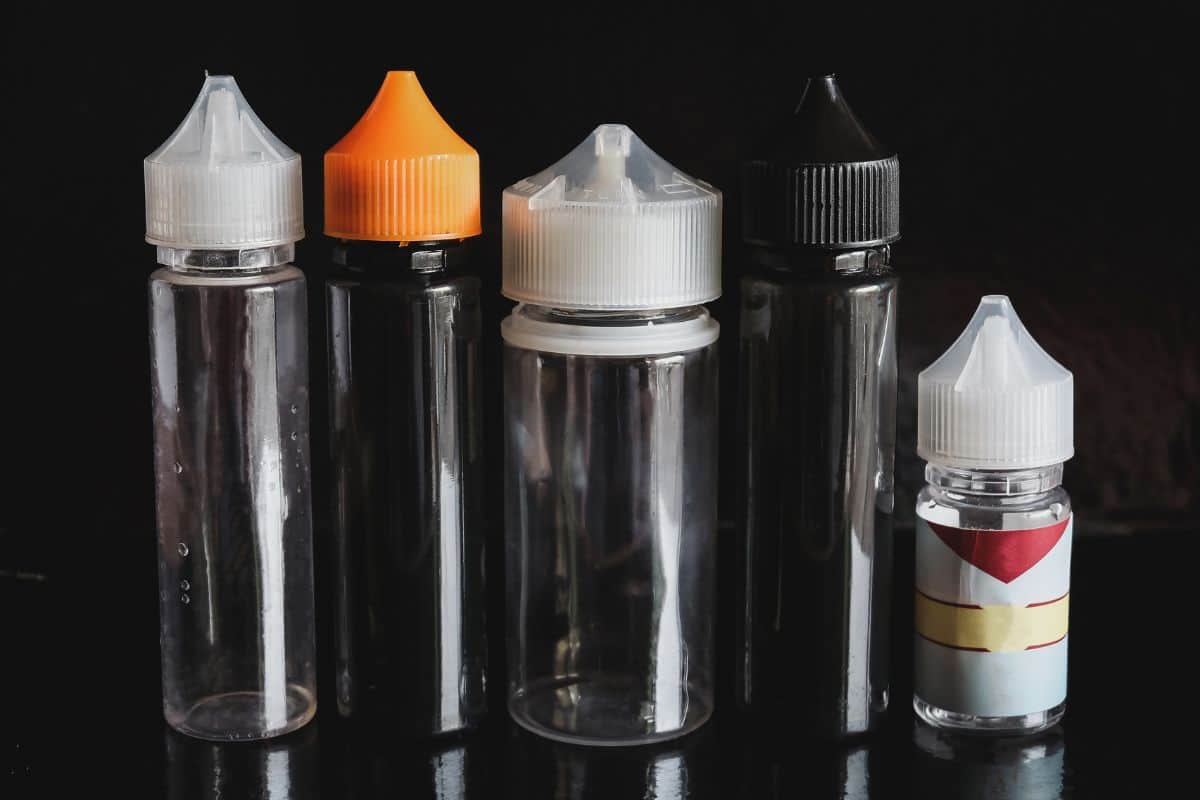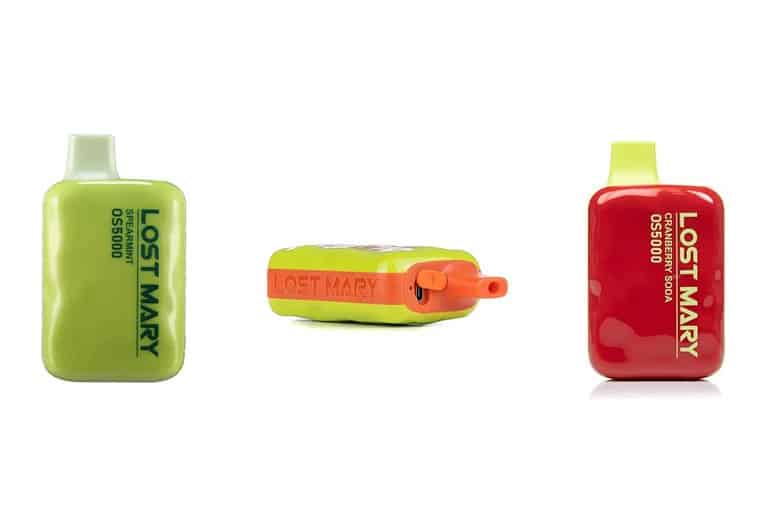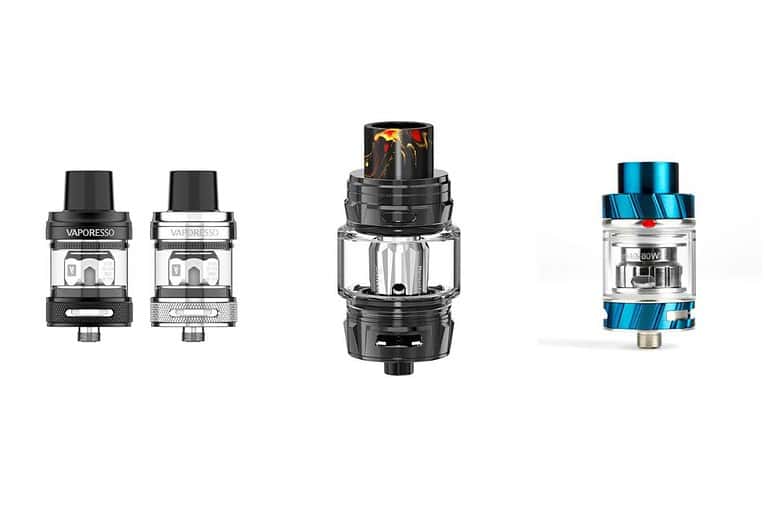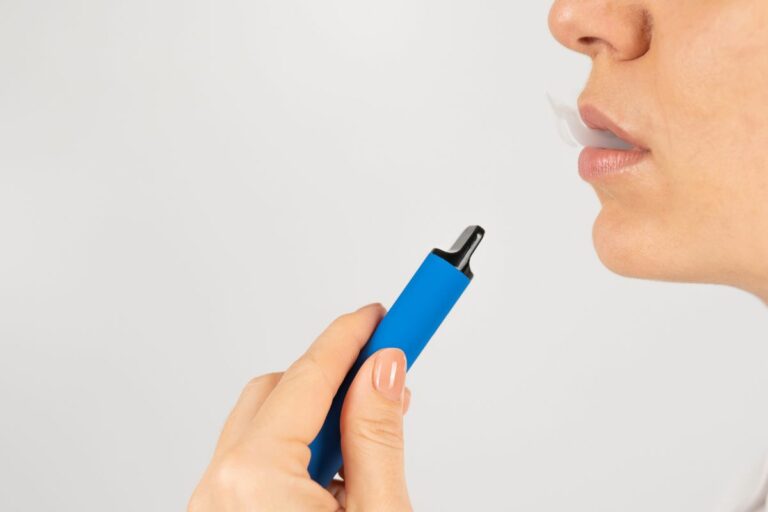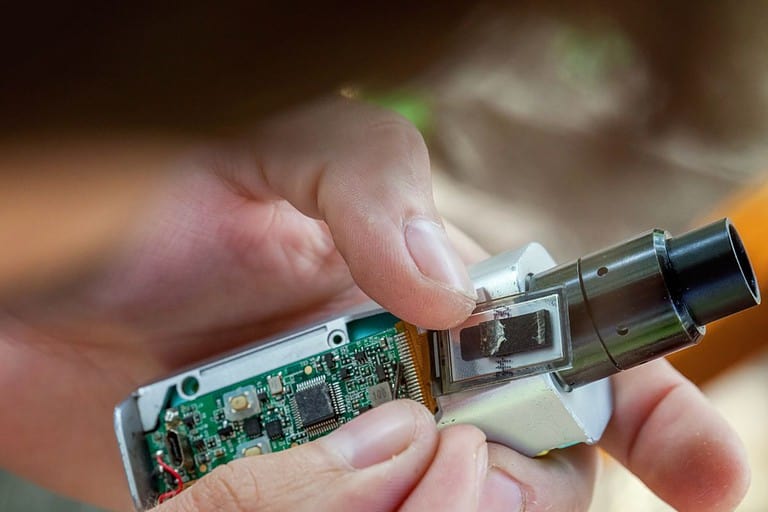What Happens If You Swallow Vape Juice: Immediate Effects Explained
Vaping has become a popular alternative to traditional cigarette smoking, with millions of people around the world using e-cigarettes. These devices rely on vape juice, also known as e-liquid, which typically contains nicotine, propylene glycol, vegetable glycerin, and flavorings. While vaping is considered a safer option compared to smoking, concerns may arise about the potential risks of accidentally swallowing vape juice.
Ingesting vape juice might happen by accident, such as when the e-liquid spills onto a person’s hands or into their mouth. Small amounts of swallowed vape juice may result in minor side effects like nausea, stomach discomfort, or a temporary increase in heart rate. However, consuming larger quantities can lead to more severe consequences, ranging from intense nicotine poisoning to respiratory issues.
Table of Contents
Understanding Vape Juice
Vape juice, also known as e-liquid, is the liquid used in electronic cigarettes and vaporizers to create vapor. It typically consists of a few key ingredients: nicotine, propylene glycol (PG), vegetable glycerin (VG), and flavorings. In this section, we will explore each of these components and their roles in creating the vaping experience.
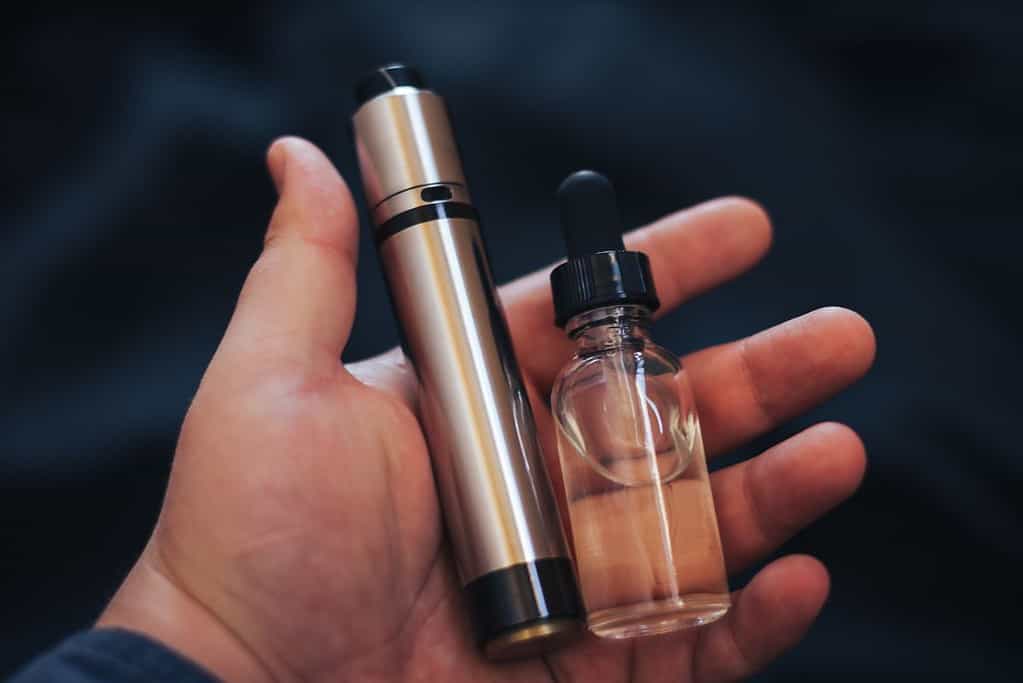
- Nicotine is a naturally occurring substance found in tobacco plants, and its presence in vape juice varies depending on user preference. Some e-liquids contain no nicotine at all, while others can have concentrations as high as 36 milligrams per milliliter. Nicotine is a stimulant that can have both positive and negative effects on the body, and it is the primary addictive substance in tobacco products.
- Propylene glycol (PG) is a common ingredient in vape juice because it serves as a carrier for the nicotine and flavorings. It is a colorless and odorless liquid that is relatively thin and provides the “throat hit” sensation that some vapers find desirable. PG is considered safe for human consumption by the U.S. Food and Drug Administration, and it is also used in many everyday products like toothpaste and cosmetics.
- Vegetable glycerin (VG) is another carrier used in e-liquids. It is a thicker liquid derived from plant oils, which gives vape juice a smoother feel and produces denser vapor clouds. The balance of PG and VG in an e-liquid can be customized based on individual preferences, with some vapers opting for high-PG formulas for a stronger throat hit and others preferring high-VG liquids for smoother vapor. VG is also considered safe for human consumption and is found in many food items, cosmetics, and pharmaceutical products.
- Flavorings are what give vape juice its distinct taste. As vaping has become increasingly popular, the variety of available flavors has expanded significantly. Some common flavor categories include fruits, desserts, beverages, tobacco, menthol, and candy. It is important to note that while most flavorings are considered safe for ingestion, the impact of inhaling them as vapor is still being researched.
NEW CUSTOMER DISCOUNT
Save 15%
15% OFF YOUR ENTIRE ORDER FOR NEW CUSTOMERS USE CODE WELCOME15!
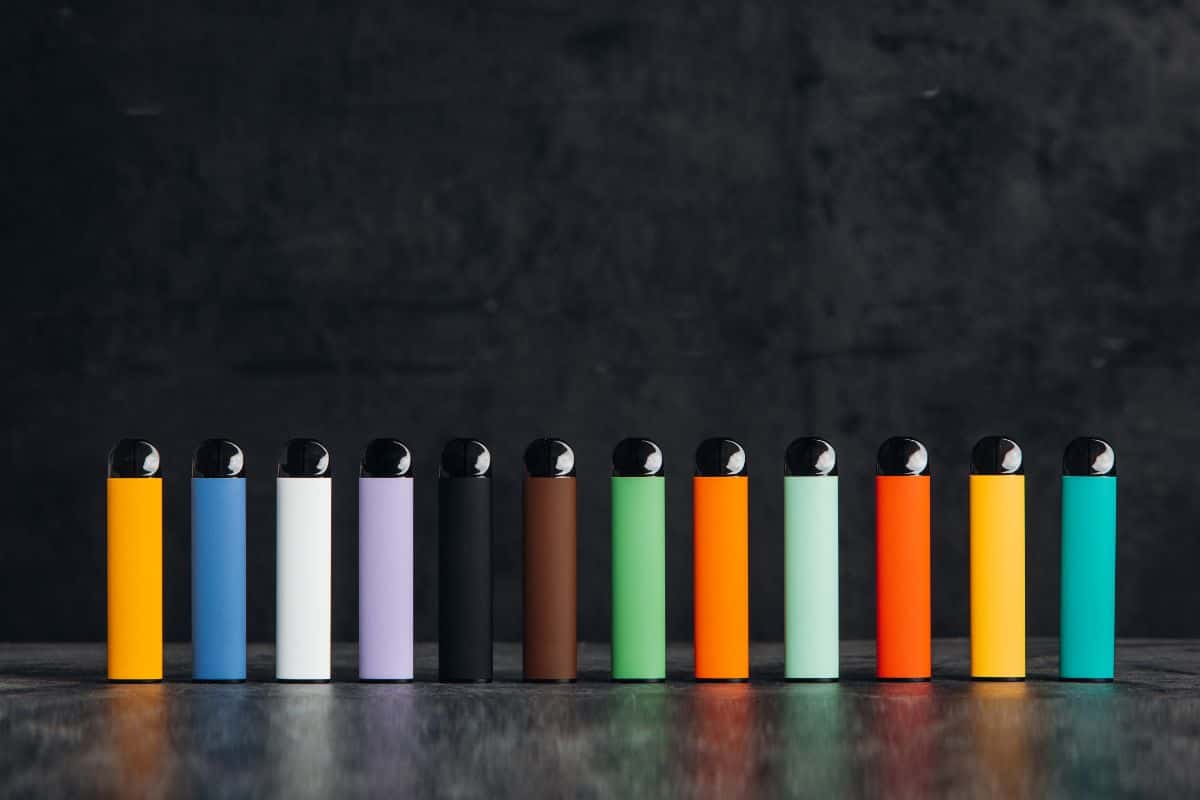
In summary, vape juice is a complex mixture of ingredients that come together to provide the sensation of smoking without the harmful effects of traditional tobacco products. Its primary components are nicotine, propylene glycol, vegetable glycerin, and flavorings, each playing an essential role in the vaping experience. Understanding the composition of vape juice helps users make informed decisions about their e-liquid preferences and potential risks.
| Flavor Category | Example Flavors |
|---|---|
| Fruit | Strawberry, Blueberry, Mango, Apple, Watermelon, Pineapple |
| Dessert | Vanilla Custard, Chocolate Cake, Caramel Cheesecake, Lemon Tart |
| Menthol/Mint | Peppermint, Spearmint, Menthol Ice, Cool Mint |
| Beverage | Coffee, Cola, Lemonade, Tea, Energy Drink |
| Tobacco | Classic Tobacco, Turkish Blend, Menthol Tobacco |
| Candy/Sweets | Bubblegum, Cotton Candy, Gummy Bears, Sour Patch Kids |
| Bakery | Sugar Cookie, Donut, Cupcake, Cinnamon Roll |
| Nutty | Almond, Peanut Butter, Hazelnut, Pistachio |
| Creamy | Vanilla Cream, Whipped Cream, Custard, Ice Cream |
| Spice/Herb | Cinnamon, Clove, Ginger, Mint Leaves |
| Floral | Rose, Lavender, Hibiscus, Jasmine |
| Savory | Bacon, Cheese, Pizza, Buttered Popcorn |
| Citrus | Lemon, Orange, Lime, Grapefruit |
Swallowing Vape Juice: What Happens
When a person accidentally swallows vape juice, several reactions occur within their body. Initially, the vape juice comes into contact with the delicate tissues of the mouth and throat. This may result in irritation, minor burning sensations, or even a sore throat. Upon swallowing, the vape juice will continue its journey down the esophagus and into the stomach. It’s important to note that vape juice isn’t designed for ingestion, and swallowing it can lead to discomfort or other health implications.
Inside the stomach, the e-liquid encounters the highly acidic environment needed for digestion. The nicotine present in vape juice will begin to break down in the acidic gastric juices, with some of it being absorbed into the bloodstream through the stomach lining.

The digestive process may trigger symptoms such as nausea or vomiting, especially if the individual has consumed a significant amount of vape juice. In some cases, the body might react to the foreign substance by expelling the contents of the stomach.
Although the absorption rate of nicotine from swallowed vape juice is lower compared to its inhalation through vaping, it is still vital to consider the potential impact on the human body. Nicotine poisoning may happen if the person has ingested a large quantity of vape juice. Symptoms of nicotine poisoning include dizziness, increased heart rate, tremors, and in severe cases, seizures or even death.
To minimize the risks associated with swallowing vape juice, it is crucial for individuals to use vape products responsibly and store them in secure locations away from children and pets. Should accidental ingestion occur, seeking immediate medical attention is highly recommended to ensure the best possible outcome.
Common Symptoms of Nicotine Poisoning
Nicotine poisoning is a serious issue that can occur if someone ingests e-liquid or vape juice containing nicotine. It is important to understand and recognize the common symptoms of nicotine poisoning, as early intervention can help prevent severe complications.
One of the first symptoms people may experience is nausea. This feeling of uneasiness in the stomach can be accompanied by headache, dizziness, and sweating. These symptoms are the body’s response to the nicotine poisoning and can serve as an important warning sign of potential harm.
In more severe cases of nicotine poisoning, vomiting can occur. The body may try to expel the harmful substance as a way to protect itself. It is essential to seek medical attention if vomiting persists, as this could indicate a more concerning situation.
Other symptoms of nicotine poisoning may include increased heart rate, tremors, and blood pressure changes. These effects can be dangerous, especially for individuals with existing cardiovascular issues or sensitivity to nicotine. Furthermore, confusion and agitation might be experienced, as the body attempts to cope with the toxic substance.
In the most severe cases, nicotine poisoning can lead to respiratory distress, seizures, or even coma. These life-threatening symptoms require immediate medical intervention. If you suspect someone has swallowed vape juice or is experiencing symptoms of nicotine poisoning, call poison control or seek emergency medical help immediately.
Recognizing the common symptoms of nicotine poisoning plays a crucial role in ensuring prompt and appropriate treatment. Proper handling of e-liquid and vape juice can help prevent accidental ingestion and minimize the risk of nicotine poisoning.
More Severe Consequences
| Consequence | Description |
|---|---|
| Nicotine Poisoning | Swallowing vape juice containing nicotine can lead to nicotine poisoning, with symptoms like nausea, vomiting, increased heart rate, and, in severe cases, seizures or even death. |
| Gastrointestinal Distress | Vape juice can cause immediate stomach discomfort, cramps, and diarrhea when ingested. |
| Chemical Exposure | Ingesting vape juice exposes the body to various chemicals, including propylene glycol and vegetable glycerin, which can irritate the digestive system and may have long-term health effects. |
| Respiratory Issues | Inhaling vape aerosol that has been ingested can result in respiratory problems, such as coughing, chest pain, and difficulty breathing. |
| Aspiration Risk | Swallowing vape juice may increase the risk of aspiration, where the liquid enters the lungs, potentially leading to aspiration pneumonia or lung infections. |
| Cardiovascular Effects | Nicotine in vape juice can raise blood pressure and heart rate, increasing the risk of heart problems when ingested. |
| Central Nervous System Effects | Nicotine can affect the central nervous system, leading to symptoms like dizziness, confusion, and even seizures when ingested in large amounts. |
| Long-Term Health Concerns | The long-term effects of ingesting vape juice are not well understood, but it may have lasting health consequences, especially if consumed regularly or in high quantities. |
Swallowing vape juice can lead to several severe health consequences. One of the primary risks is nicotine poisoning, which can potentially result in seizures, a drastic increase in heart rate, and elevated blood pressure. In extreme cases, nicotine poisoning may even be fatal. It is important to understand these risks and take precautions when handling vape juice.
Seizures are a possible outcome of ingesting a high concentration of nicotine. Nicotine can disrupt the normal functioning of the nervous system, leading to uncontrolled muscular contractions and even loss of consciousness in some individuals.
The ingestion of vape juice containing nicotine can have a significant impact on the heart. High levels of nicotine may cause an increase in heart rate, putting additional strain on this vital organ. In some cases, this added stress can lead to heart palpitations and even result in severe heart damage.
Blood pressure is also affected by swallowing vape juice. Nicotine can cause blood vessels to constrict, leading to elevated blood pressure. In serious cases, this increase of blood pressure can contribute to the risk of stroke, heart attack, and other cardiovascular issues.
It is crucial to be aware of the lethal dose of nicotine when handling vape juice. The lethal dose for adults ranges from 30-60 mg, but it is significantly lower for children and pets. Ingesting vape juice with high nicotine concentrations can prove fatal, making it essential to keep these products out of reach of non-users, especially children.
In conclusion, ingesting vape juice poses several severe health risks, including seizures, heart complications, increased blood pressure, and in some cases, even death. It is important to handle these products carefully and ensure they are stored securely to prevent unintended ingestion.

Risk in Children and Pets
Accidental ingestion of vape juice can be a serious concern for both children and pets. Vape juice contains nicotine, which can be extremely toxic if swallowed, especially for young children and small animals. The attractive packaging and sweet flavors of vape juice can make it particularly appealing to children, leading to a higher risk of accidental consumption.
In the case of children, even small amounts of nicotine can cause poisoning, leading to symptoms such as nausea, vomiting, dizziness, increased heart rate, and in severe cases, seizures or even death. It is essential for parents and caregivers to store vape juice safely and securely, out of reach of children, to minimize the risk of accidental ingestion.
Pets, particularly dogs and cats, may also be at risk of nicotine poisoning if they come into contact with and consume vape juice. Similar to children, pets are susceptible to the toxic effects of nicotine. Accidental ingestion in pets may lead to drooling, vomiting, diarrhea, tremors, increased heart rate, and seizures. In extreme cases, nicotine poisoning can be fatal for pets as well.
To reduce the risk of nicotine poisoning in pets, owners should ensure that vape juice is kept out of reach and securely stored. Additionally, it is important to clean up any spills or leaks promptly, as even small amounts of vape juice on surfaces can be hazardous if ingested by pets.
In the event of accidental ingestion of vape juice by a child or pet, it is crucial to seek immediate medical treatment. Contact your local poison control center or a veterinarian for further assistance. Remember that time is of the essence when dealing with nicotine poisoning, and prompt treatment can help prevent severe side effects or fatalities.
In conclusion, it is vital to be aware of the risks associated with vape juice ingestion for both children and pets. Proper storage, careful handling, and prompt action in case of accidental consumption are key factors in minimizing the risk and keeping our loved ones safe.
How to Seek Help
If you or someone you know happens to swallow vape juice, it is essential to promptly seek professional help. Here are some steps to follow in order to receive the necessary assistance.
First, call the Poison Control Center at 1-800-222-1222 to get immediate medical advice. They have experts available 24/7 to provide guidance on the appropriate course of action. Their services are free and confidential, so you can be confident in the information they provide.
Additionally, it’s crucial to be aware of specific symptoms that may signal an urgent need for medical attention. Indicators such as dizziness, vomiting, seizures, rapid heartbeat, or difficulty breathing should prompt you to seek immediate help from a healthcare professional.
In case of more severe symptoms, call 911 or your local emergency services without delay. Be ready to provide clear and concise information about the situation, including the type and amount of vape juice ingested, as well as the time when it occurred. This will assist the emergency responders in providing accurate and timely treatment.
Remember, time is of the essence when it comes to ingesting potentially harmful substances. By acting quickly and seeking professional help, you’re taking the necessary steps to ensure the best possible outcome.
Prevention and Safety Measures
Vaping has become a popular alternative to traditional smoking, but it’s important to recognize the potential risks associated with inadvertently swallowing vape juice. Taking preventive measures and prioritizing safety can minimize these risks.
One crucial step towards safety is to always read and adhere to the label instructions provided by the vape juice manufacturer. Labels typically contain usage information and warnings that can help users avoid potential hazards.
In addition to adhering to label instructions, proper storage of vape juice is essential. Keep e-liquids in their original packaging to avoid confusion with other potentially harmful substances. Store the e-liquids out of the reach of children and pets, as they may be attracted to the various flavors and bright packaging.
| Prevention Measure | Description |
|---|---|
| Childproof Containers | Store vape juice in childproof containers and keep them out of the reach of children. |
| Lockable Storage | Use lockable storage or cabinets to store vape products away from curious children and pets. |
| Education | Educate family members about the dangers of vape juice ingestion and the importance of keeping it out of reach. |
| Labeling | Clearly label vape juice containers with warnings and ingredients to prevent accidental ingestion. |
| Child Supervision | Always supervise children and pets when vaping products are nearby to prevent access. |
| Secure Caps | Ensure vape juice containers have secure, tamper-evident caps that are difficult for children to open. |
| Child-Resistant Devices | Use devices with child-resistant features to prevent accidental activation or ingestion. |
| Safe Storage | Store vape products, including e-liquids, batteries, and devices, in a safe and secure location. |
| Proper Disposal | Dispose of vape products, including empty bottles and used cartridges, responsibly and safely. |
| Emergency Plan | Have a plan in place for what to do in case of accidental ingestion, including contacting poison control or seeking medical attention. |
E-liquid spills can pose a risk as well. To prevent exposure, clean up spills immediately using absorbent materials such as paper towels. Dispose of the used materials properly and wash your hands thoroughly with soap and water.
Vapers should exercise caution and vigilance when refilling their vape devices to avoid spills and accidental ingestion. Practice using a steady hand and proper technique when handling e-liquids, and pay attention to prevent overfilling or spilling.
In the event of swallowing vape juice, it’s essential to know what steps should be taken. Since nicotine poisoning can occur rapidly, seek immediate medical attention if any signs of poisoning are observed. Symptoms may include nausea, vomiting, dizziness, increased heart rate, and difficulty breathing.
By following these prevention and safety measures, vape users can minimize the risks associated with accidental ingestion and promote a safer vaping environment for themselves and others.
Browse popular vape collections:
- Nicotine Disposables
- 2000 Puff Nicotine Disposable Vapes
- 2500 Puff Nicotine Disposable Vapes
- 5000 Puff Nicotine Disposable Vapes
- 6000 Puff Disposable Nicotine Vapes
- 7000 Puff Nicotine Disposable Vapes
- Disposable Vape Deals
- Best Vape Brands
- 8000 Puff Nicotine Disposable Vapes
- 9000 Puff Nicotine Disposable Vapes
- 5% Nicotine Disposable Vapes
- Rechargeable Nicotine Disposable Vapes
- Vape Coils
- Dab Wax Pens
- Dab Wax Pen Battery
- Yocan Vapes
- Vape Cases
Frequently Asked Questions
Can swallowing vape juice cause harm?
Swallowing vape juice can indeed cause harm, as it typically contains nicotine, which can be toxic when ingested orally. Ingesting even small amounts of nicotine may result in symptoms such as nausea, vomiting, dizziness, and increased heart rate. In more severe cases, it can lead to seizures, respiratory failure, and even death.
Are there risks if a child ingests e-liquid?
Yes, the risks associated with a child ingesting e-liquid are especially concerning due to their smaller size and weight. As a result, even a small amount of nicotine-containing vape juice can be potentially life-threatening to a child. It is essential to store e-liquids and vaping devices safely, and out of reach of children.
What should you do if you accidentally ingest vape juice?
If you accidentally ingest vape juice, immediately contact your local poison control center or seek medical attention. It is crucial not to wait for symptoms to appear, as early intervention can help prevent more severe complications.
How dangerous is consuming vape juice without nicotine?
While nicotine is a primary concern regarding ingestion, consuming vape juice without nicotine is not entirely risk-free. Many e-liquids contain other chemicals, such as propylene glycol and glycerin, which can cause irritation and discomfort when ingested in large quantities. However, the toxicity levels of these substances are generally lower than those of nicotine.
What are the toxic amounts of e-liquid ingestion?
Toxic amounts of e-liquid ingestion may vary depending on the concentration of nicotine in the vape juice, as well as the individual’s weight and sensitivity to nicotine. It is worth noting that even small amounts of swallowed e-liquid can cause unpleasant symptoms, so it is crucial to avoid ingestion of vape juice regardless of concentration.
Which ingredients in vape juice can be harmful?
The primary harmful ingredient found in vape juice is nicotine, which can be toxic when ingested orally. Other potentially harmful ingredients may include diacetyl, a chemical linked to lung disease, and propylene glycol, which can cause irritation and discomfort if ingested in large quantities. It is essential to be aware of the ingredients in your vape juice and handle it with care to minimize the risk of accidental ingestion.

